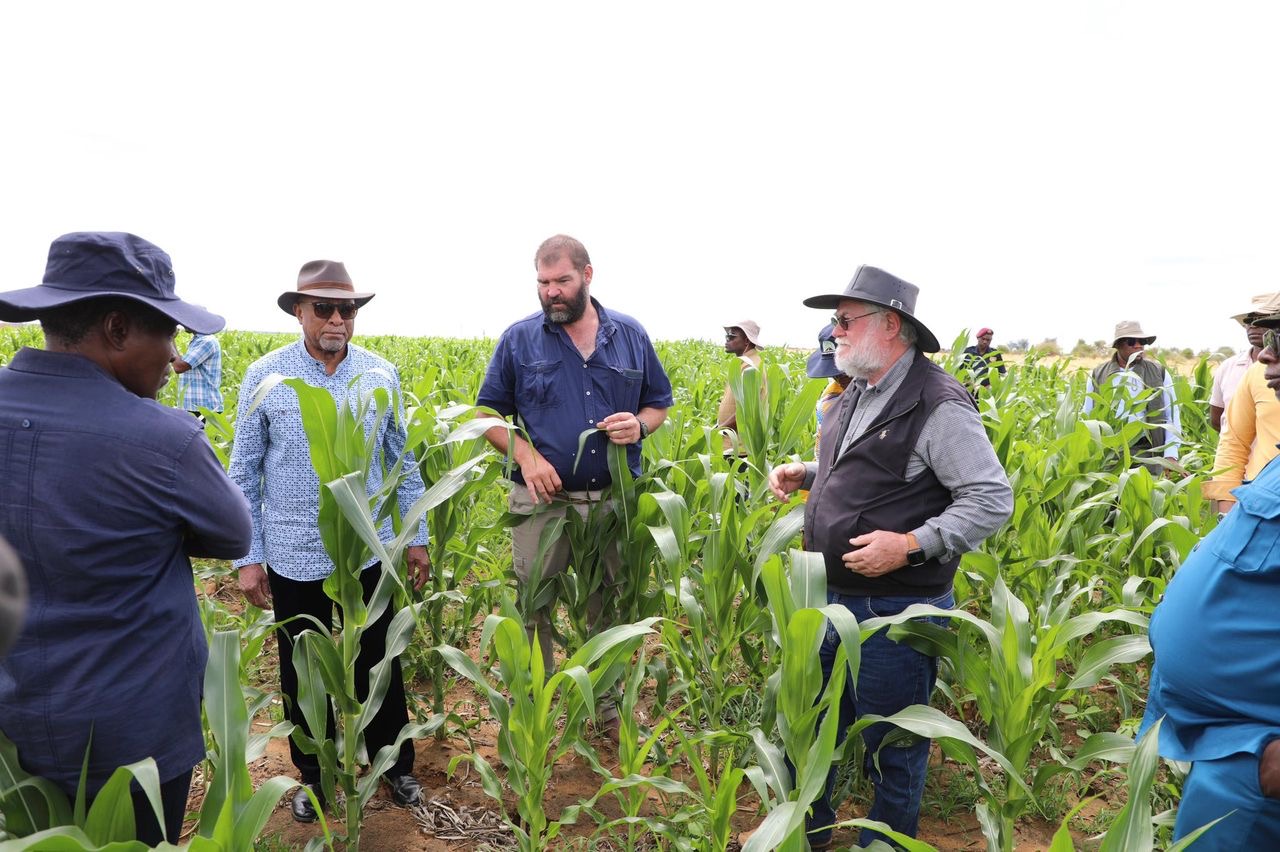NAMIBIAN State debt continues to rise way above the Government’s target of not more than 25 per cent of the country’s gross domestic product (GDP).
In its quarterly bulletin for January to March 2004, the Bank of Namibia (BoN) reveals that the national debt stood at 29,1 per cent of GDP at the end of March, up from 28,4 per in December, but notably below the Government’s earlier projections. In her budget speech in March this year, Finance Minister Saara Kuugongelwa-Amadhila had predicted the debt to stand at 30,3 per cent of GDP by the end of that month.The Minister is also warned that the debt burden would grow further, to 32 per cent of GDP by the end of the current financial year (2004-2005) – which ends on 31 March 2005.The Bank of Namibia’s bulletin, released on Tuesday, also said that the Government’s debt, both domestic and foreign, rose by 2,4 per cent during the first three months of this year to a total of N$10,2 billion.National debt includes money borrowed in the current year, as well as money borrowed in previous years and not yet repaid.BoN attributed the debt increase to external shocks such as the strengthening of the Namibia dollar against major currencies, which depressed US-based sales of diamonds and other exports.”The performance of the central Government was affected by exchange rate appreciation, which impacted negatively on revenue,” the Bank explained.At the end of March, Government had N$8.6 billion in domestic debt, representing an increase of 2,8 per cent at the end of 2003.The Bank stated that the foreign debt at the end of March escalated to N$1,6 billion primarily due to new disbursements, especially from multinational creditors during the first quarter of 2004.”During this time, the stock of multinational loans expanded by 45,2 per cent, while bilateral loans rose to 42,6 per cent,” the Bank said.BoN had, however, some good news when it announced that the Namibian economy had registered a year-on-year GDP growth of 4,5 per cent in the first quarter of this year, compared to only 1,3 per cent a year previously.It pointed out that a number of positive economic indicators, such as low inflation and interest rates, coupled with a recovery in the secondary and tertiary sectors had contributed to the positive growth.In her budget speech in March this year, Finance Minister Saara Kuugongelwa-Amadhila had predicted the debt to stand at 30,3 per cent of GDP by the end of that month.The Minister is also warned that the debt burden would grow further, to 32 per cent of GDP by the end of the current financial year (2004-2005) – which ends on 31 March 2005.The Bank of Namibia’s bulletin, released on Tuesday, also said that the Government’s debt, both domestic and foreign, rose by 2,4 per cent during the first three months of this year to a total of N$10,2 billion.National debt includes money borrowed in the current year, as well as money borrowed in previous years and not yet repaid.BoN attributed the debt increase to external shocks such as the strengthening of the Namibia dollar against major currencies, which depressed US-based sales of diamonds and other exports.”The performance of the central Government was affected by exchange rate appreciation, which impacted negatively on revenue,” the Bank explained.At the end of March, Government had N$8.6 billion in domestic debt, representing an increase of 2,8 per cent at the end of 2003.The Bank stated that the foreign debt at the end of March escalated to N$1,6 billion primarily due to new disbursements, especially from multinational creditors during the first quarter of 2004.”During this time, the stock of multinational loans expanded by 45,2 per cent, while bilateral loans rose to 42,6 per cent,” the Bank said.BoN had, however, some good news when it announced that the Namibian economy had registered a year-on-year GDP growth of 4,5 per cent in the first quarter of this year, compared to only 1,3 per cent a year previously.It pointed out that a number of positive economic indicators, such as low inflation and interest rates, coupled with a recovery in the secondary and tertiary sectors had contributed to the positive growth.
Stay informed with The Namibian – your source for credible journalism. Get in-depth reporting and opinions for
only N$85 a month. Invest in journalism, invest in democracy –
Subscribe Now!










